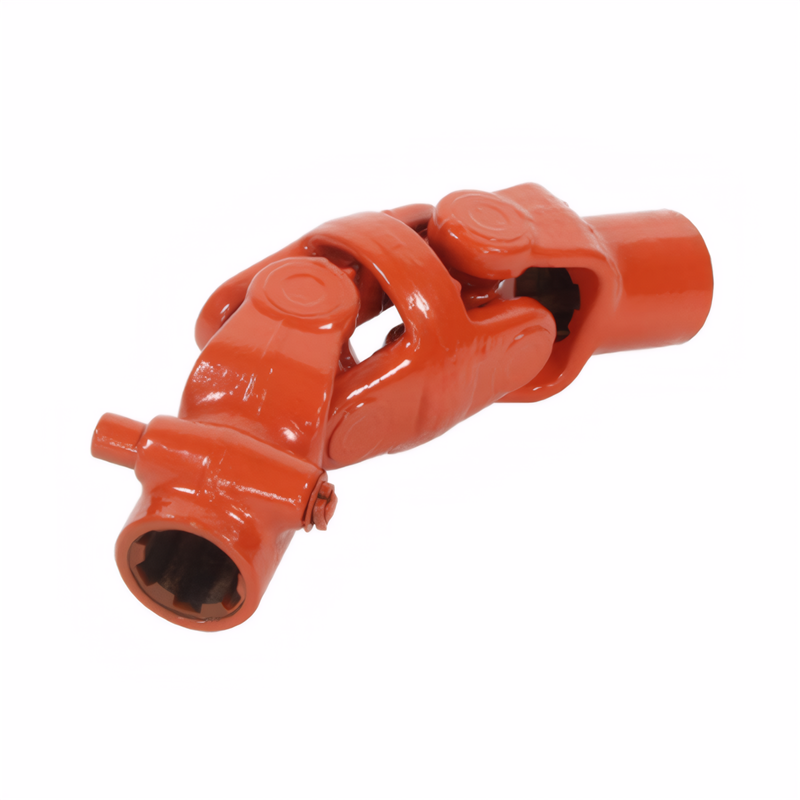The adjustment method of the phase Angle of the drive shaft
Techniques for Adjusting Drive Shaft Phase Angles
Drive shaft phase angle adjustment is critical for ensuring smooth power transmission and minimizing vibration in automotive systems. Proper alignment requires understanding geometric relationships, using specialized tools, and following systematic procedures.
Geometric Principles of Phase Alignment
Phase angle adjustment relies on maintaining parallelism between universal joint yokes across drive shaft segments. When two-piece drive shafts are installed, the front and rear section yokes must align in the same vertical plane - similar to clock hands pointing in identical directions. This alignment ensures continuous power flow through the transmission system.
Spatial Relationship Requirements
- Yoke orientation: The cross-axis of each universal joint must maintain 180-degree separation
- Angular consistency: When viewed from the side, yoke positions should form a straight line through the drive shaft center
- Axial alignment: The rotational axes of connected components must remain collinear during operation
Failure to maintain these relationships creates speed fluctuations that manifest as vibration during acceleration or high-speed driving.
Measurement and Adjustment Procedures
Accurate phase angle verification requires specialized equipment and methodical testing. Start by securing the drive shaft on a stable support frame to prevent movement during measurement.
Detection Equipment Usage
- Phase angle meters: Attach angular sensors to both input and output shafts
- Dial indicators: Measure radial runout while rotating the shaft manually
- Strobe lights: Visualize vibration patterns during high-speed rotation
Rotate the drive shaft through 360 degrees while monitoring sensor readings. The ideal phase difference between shaft ends should remain below 3 degrees. Exceeding this threshold indicates misalignment requiring correction.
Correction Techniques and Precautions
Adjustment methods vary based on drive shaft design and vehicle application. For standard two-piece shafts, loosen the universal joint bolts and rotate the shaft section in 0.5-degree increments per millimeter of adjustment.
Special Application Considerations
- Off-road vehicles: Account for additional steering angles by maintaining manufacturer-specified compensation values
- Modified vehicles: Aftermarket drive shaft installations require complete phase angle verification
- Heavy-duty trucks: Check for frame deformation affecting shaft alignment under load
After adjustment, perform dynamic balancing to compensate for any mass distribution changes. Verify alignment by conducting a road test at varying speeds while monitoring vibration levels.
Maintenance and Prevention Strategies
Regular inspection prevents phase angle deviation caused by component wear or environmental factors. Check protective boots for damage that could allow contaminants into universal joints.
Routine Inspection Items
- Boot integrity: Look for cracks or oil leakage
- Fastener torque: Verify all bolts remain at specified tightness
- Tire consistency: Ensure same-axle tires have identical diameters
Implement preventive measures such as cleaning shaft components after water exposure and replacing worn suspension components that affect shaft alignment. Commercial vehicles should undergo phase angle checks every 80,000 kilometers, while off-road equipment needs more frequent inspections based on usage intensity.
 The inspection method for the
The inspection method for the
 Symptoms of wear of the univer
Symptoms of wear of the univer
 Analysis of the Causes of Abno
Analysis of the Causes of Abno
 The ability of the drive shaft
The ability of the drive shaft
 简体中文
简体中文 English
English
